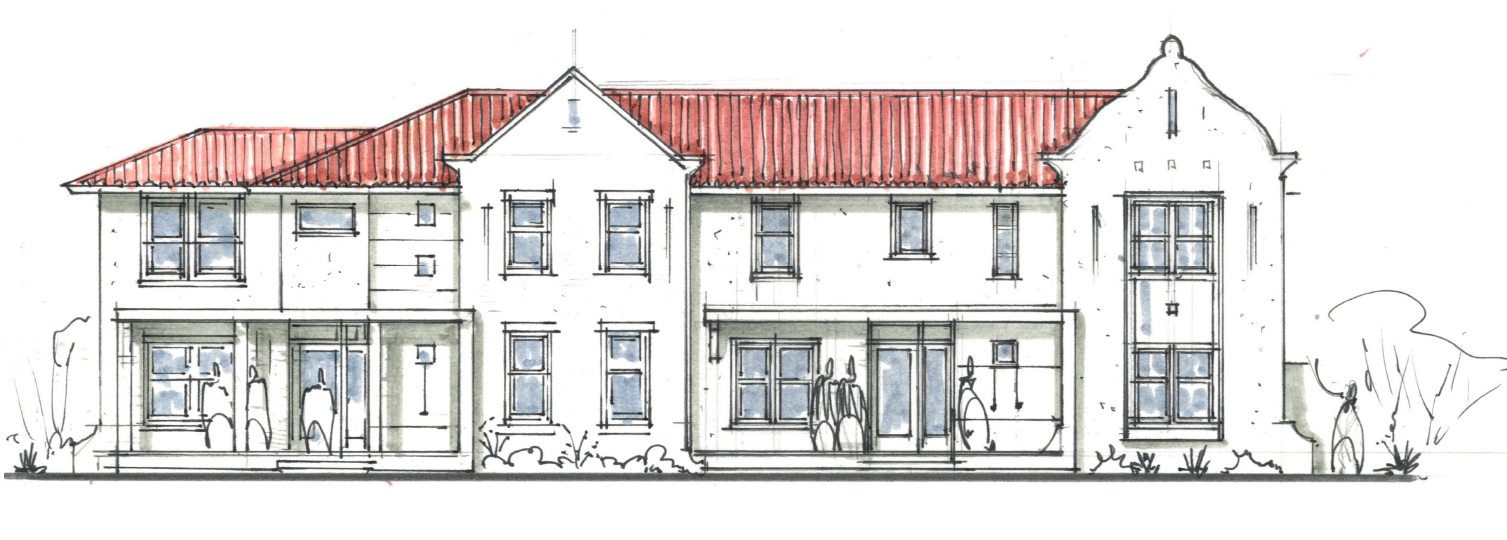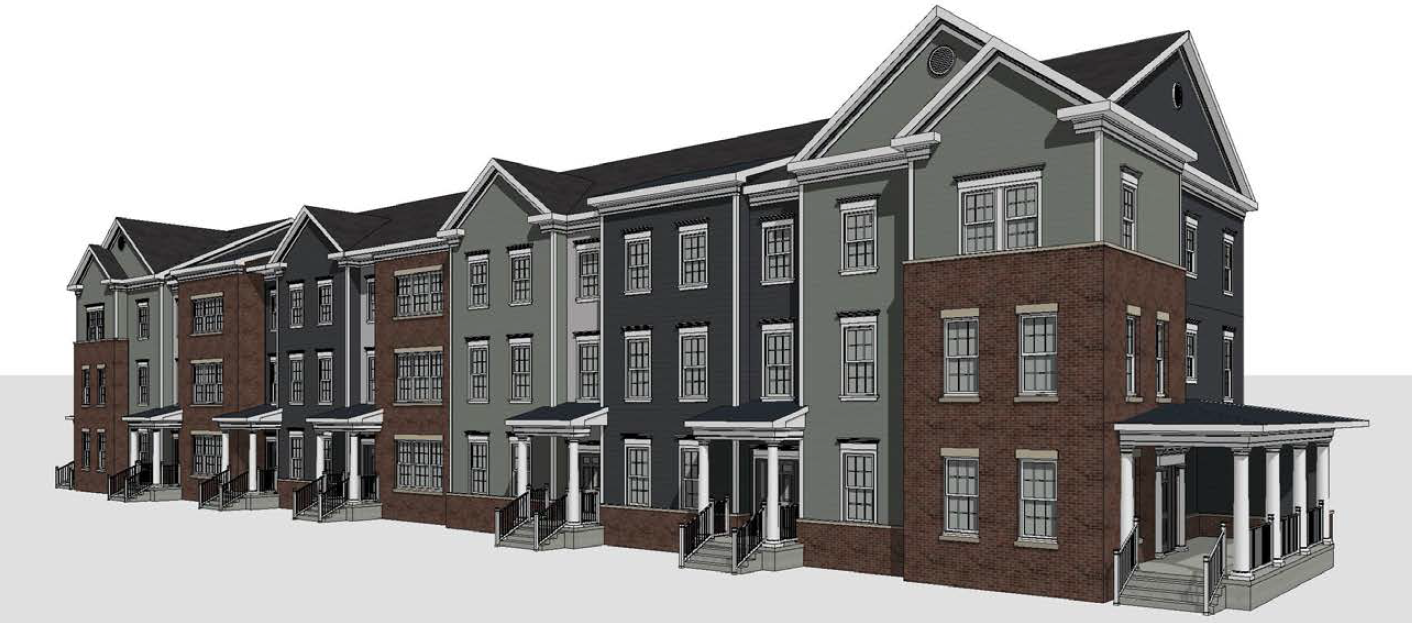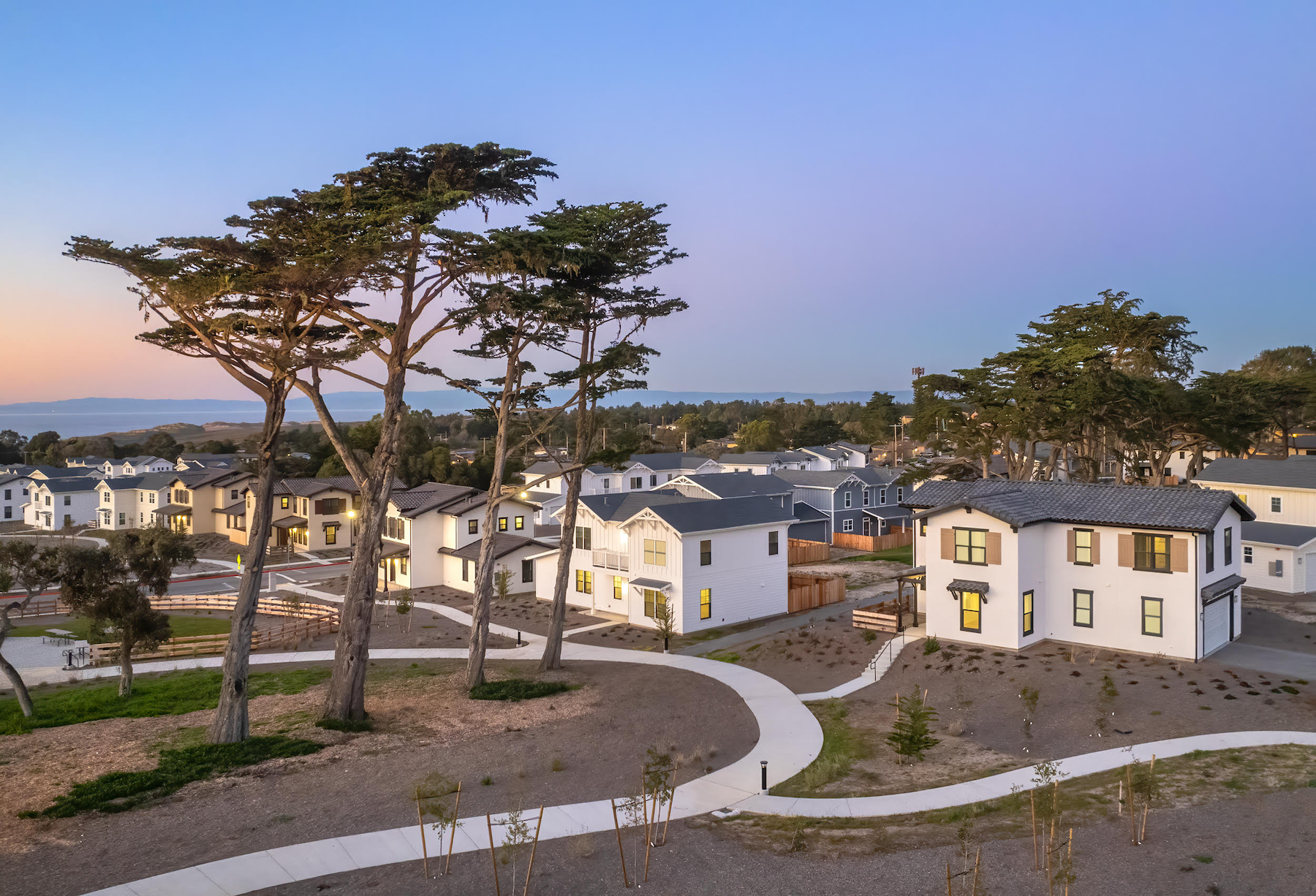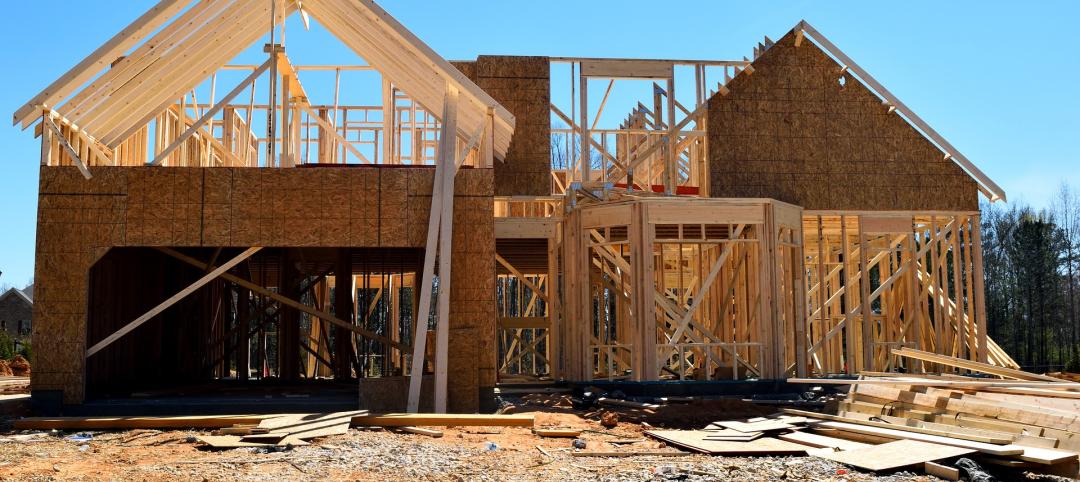Last October, the global developer Lendlease, which owns and manages more than 40,000 homes and 192 apartments on U.S. military installations in 24 states, said it would break ground later that year on a $110 million development on 51 acres for the construction of 75 family housing units and 60 two-bedroom apartments for personnel based at the U.S. Southern Command in Doral, Fla.
This development represented the first new privatized housing project authorized by the U.S. Army since 2010. Simultaneously, this development was part of Lendlease’s launch of a new military housing portfolio branded Cadence Communities, whose initial phase would combine 345 existing, newly privatized homes with new construction at seven U.S. Army installations.
In an interview with IREI.com last September, Lendlease’s COO Philip Carpenter said his firm was preparing to build more than 1,200 homes and renovate another 2,280 units on military installations.
Completing those plans will soon be in the hands of the Omaha Beach Investment affiliate of Guggenheim Partners, a global investment and financial services firm that last month agreed to acquire Lendlease’s U.S. military housing portfolio—which Lendlease manages under a joint venture with Winn Residential—for the equivalent to $323.4 million. This deal is expected to close in early 2025.
Lendlease had disclosed previously its intention to shed its overseas assets and concentrate on expanding its business in Australia, where the firm is based.
Privatizing military housing has met with mixed results
Since Congress created the Military Housing Privatization Initiative under the National Defense Authorization Act in 1996, there are more than 200,000 housing units within 80 projects on or near U.S. military installations, according to the Military Housing Association (MHA). Virtually all these units are owned and managed by 14 developers and builders that include Balfour Beatty, Hunt Military Communities, and Liberty Military Housing. The U.S. Department of Defense sets policy for this housing program.
To date, stated MHA, the Initiative has delivered more than 75,000 new homes and conducted major renovations to 50,000 units. However, over the years of the Initiative, military housing has been plagued by complaints from residents, the U.S. Government Accountability Office, and the press about shoddy renovation and maintenance. These complaints have led to lawsuits and, on occasion, big penalties, as chronicled last May by Mother Jones magazine.
While there’s been relatively few new military homes built lately (at least based on what’s been reported publicly), that could be changing. Federal News Network reported in March that the Defense Department would receive $18.7 billion in fiscal 2024 for military construction, of which $2 billion would go toward family housing initiatives that include construction, maintenance, upgrades, and oversights. An estimated $320 million of that total have been earmarked specifically for revitalizing six privatized housing projects.
To learn more about their construction and renovation activities, BD+C reached out to several of the private landlords, as well as to Mark Colon, Deputy Assistant Secretary of Defense for Housing, but heard back from only two companies: Balfour Beatty, the industry’s largest military housing provider (which declined to comment for this article); and The Michaels Organization, which announced last March that it had secured over $500 million in financing to support its U.S. Army housing portfolio over the next five years.
Michaels’ portfolio is comprised of more than 17,500 housing units across 12 locations nationwide. Seven percent of this portfolio is multifamily units for junior enlisted members of the Navy at the 941-apartment Pacific Beacon at Naval Base San Diego, the first of its kind for unaccompanied service members at the rank of E-4. In coordination with the Army, Michaels is planning to break ground later this year on a similar multifamily project at Fort Irwin in California, according to Erik Robertson, The Michaels Organization’s Senior Vice President of Investment Management.

New construction and services have growth potential
In written responses to questions sent by BD+C, Robertson said that 60% of $500 million his firm plans to spend will be for new construction, with the rest going toward improving existing units. He added that Michaels has a strategic partnership with the firm Urban Practice for architectural design services, and employs local engineering and construction firms for its military housing projects.
Robertson explained how military housing differs from market-rate housing. For one thing, military housing is purpose-built to meet service members’ needs, primarily the routine permanent changes of station each member experiences every 24 to 36 months. This is achieved, he said, by focusing on designing active neighborhoods made to bring residents together as communities. Homes are also built with the expectation of increased wear and tear caused by moving, and with more storage spaces in each home.
Must haves for new construction include smart thermostats, energy efficient fixtures and appliances, two-car garages, private backyards with patios where feasible, buried utility cables, and age-specific playgrounds. Robertson added that well-designed neighborhood layouts “are essential for fostering communities.”

Despite the Armed Services having privatized virtually all of its family housing in the U.S., The Michaels Organization still sees growth opportunities in this subsector. Robertson noted that each of the services is working to replace housing for its junior enlisted and unaccompanied service members that, historically, had been in barracks. Robertson believed that his firm’s 18-story, $321million Pacific Beacon project—built by Clark Construction under a design-build contract with the designer Torti Gallas + Partners, and completed in 2009—provides an alternative blueprint.
The Michaels Organization also sees potential in providing services to military residents. He pointed out that Michaels’ completion of a $305 million bond issuance leverages future deposits to the Army’s reinvestment accounts. “This shows that the services are taking a sophisticated approach to bring future investments closer to today,” said Robertson. Another example is the focus on improving resident wellness by investing in air and water purification, and access to more natural light “to create environments that allow service members to be the best versions of themselves.”
Related Stories
Healthcare Facilities | Sep 19, 2024
New El Paso VA healthcare center includes 47 departments, brain and spinal cord injury treatment services
A new 492,000 sf Veterans Administration ambulatory care facility on the William Beaumont Army Medical Center campus near El Paso, Texas will include 47 medical departments and provide brain and spinal cord injury treatment services. A design-build team of Clark Construction, SmithGroup, and HKS is spearheading the project that recently broke ground with anticipated completion in 2028.
Giants 400 | Dec 12, 2023
Top 35 Military Facility Construction Firms for 2023
Hensel Phelps, DPR Construction, Walsh Group, and Whiting-Turner top BD+C's ranking of the nation's largest military facility general contractors and construction management (CM) firms for 2023, as reported in Building Design+Construction's 2023 Giants 400 Report.
Giants 400 | Dec 12, 2023
Top 50 Military Facility Engineering Firms for 2023
Jacobs, Burns & McDonnell, WSP, and AECOM head BD+C's ranking of the nation's largest military facility engineering and engineering/architecture (EA) firms for 2023, as reported in Building Design+Construction's 2023 Giants 400 Report.
Giants 400 | Dec 12, 2023
Top 40 Military Facility Architecture Firms for 2023
Michael Baker International, HDR, Whitman, Requardt & Associates, and Stantec top BD+C's ranking of the nation's largest military facility architecture and architecture/engineering (AE) firms for 2023, as reported in Building Design+Construction's 2023 Giants 400 Report.
Giants 400 | Nov 6, 2023
Top 170 Government Building Architecture Firms for 2023
Page Southerland Page, Gensler, Stantec, HOK, and Skidmore, Owings & Merrill top BD+C's ranking of the nation's largest government building sector architecture and architecture engineering (AE) firms for 2023, as reported in the 2023 Giants 400 Report. Note: This ranking includes revenue from all government building sectors, including federal, state, local, military, and Veterans Affairs (VA) buildings.
Affordable Housing | Oct 10, 2023
Lendlease expands military housing nation-wide with Cadence Communities
Lendlease announced today it has closed ground leases at seven U.S. Army installations, which together establish the new Cadence Communities portfolio.
Building Materials | Oct 2, 2023
Purdue engineers develop intelligent architected materials
Purdue University civil engineers have developed innovative materials that can dissipate energy caused by various physical stresses without sustaining permanent damage.
Giants 400 | Aug 22, 2023
Top 115 Architecture Engineering Firms for 2023
Stantec, HDR, Page, HOK, and Arcadis North America top the rankings of the nation's largest architecture engineering (AE) firms for nonresidential building and multifamily housing work, as reported in Building Design+Construction's 2023 Giants 400 Report.
Giants 400 | Aug 22, 2023
2023 Giants 400 Report: Ranking the nation's largest architecture, engineering, and construction firms
A record 552 AEC firms submitted data for BD+C's 2023 Giants 400 Report. The final report includes 137 rankings across 25 building sectors and specialty categories.
Giants 400 | Aug 22, 2023
Top 175 Architecture Firms for 2023
Gensler, HKS, Perkins&Will, Corgan, and Perkins Eastman top the rankings of the nation's largest architecture firms for nonresidential building and multifamily housing work, as reported in Building Design+Construction's 2023 Giants 400 Report.


















